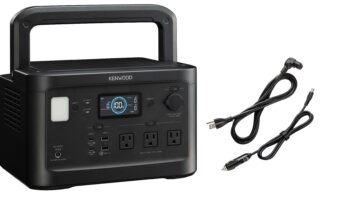New York –
of
America said Friday that its various U.S. operations will collectively purchase
more than 143 million kilowatt-hours (kWh) of green power in 2011, which was
said to be enough to meet 49 percent of its annual electricity needs.
The steps moved Sony up to No. 27 on the U.S. Environmental
Protection agency’s (EPA’s) national
top 50 list of green power
purchasers
.
Sony said it is purchasing Green-e verified renewable energy
certificates (RECs) through Renewable Choice Energy and 3Degrees.
The company is also using its own on-site solar installations,
which produce more than 600,000 kWh/year.
“These activities demonstrate a proactive choice to switch away
from traditional sources of electricity generation and support cleaner
renewable-energy alternatives,” Sony said.
Sony defined green power as
“electricity that is generated from environmentally preferable renewable
resources, such as wind, solar, geothermal, biogas, biomass and low-impact
hydro. Purchases of green power help
accelerate the development of new renewable-energy capacity nationwide and help
reduce greenhouse gas emissions from the power sector.”
Sony said that based on EPA criteria, its green-power purchase is
equivalent to “avoiding the carbon dioxide (CO2) emissions of nearly 20,000
passenger vehicles per year, or the CO2 emissions from the electricity use of
nearly 13,000 average American homes annually.”
Sony’s purchase also qualified for membership in the EPA’s Green
Power Leadership Club, a distinction given to organizations that have
significantly exceeded EPA’s minimum purchase requirements.
Club members are expected to purchase 10 times the partnership’s
minimum requirement organization-wide.
Sony said the green-power purchase and on-site solar generation
are part of its ongoing support of renewable energy and its commitment to
reducing its environmental impact globally under its Road to Zero environmental
plan, through which the company aims to achieve a zero environmental footprint
by 2050.











